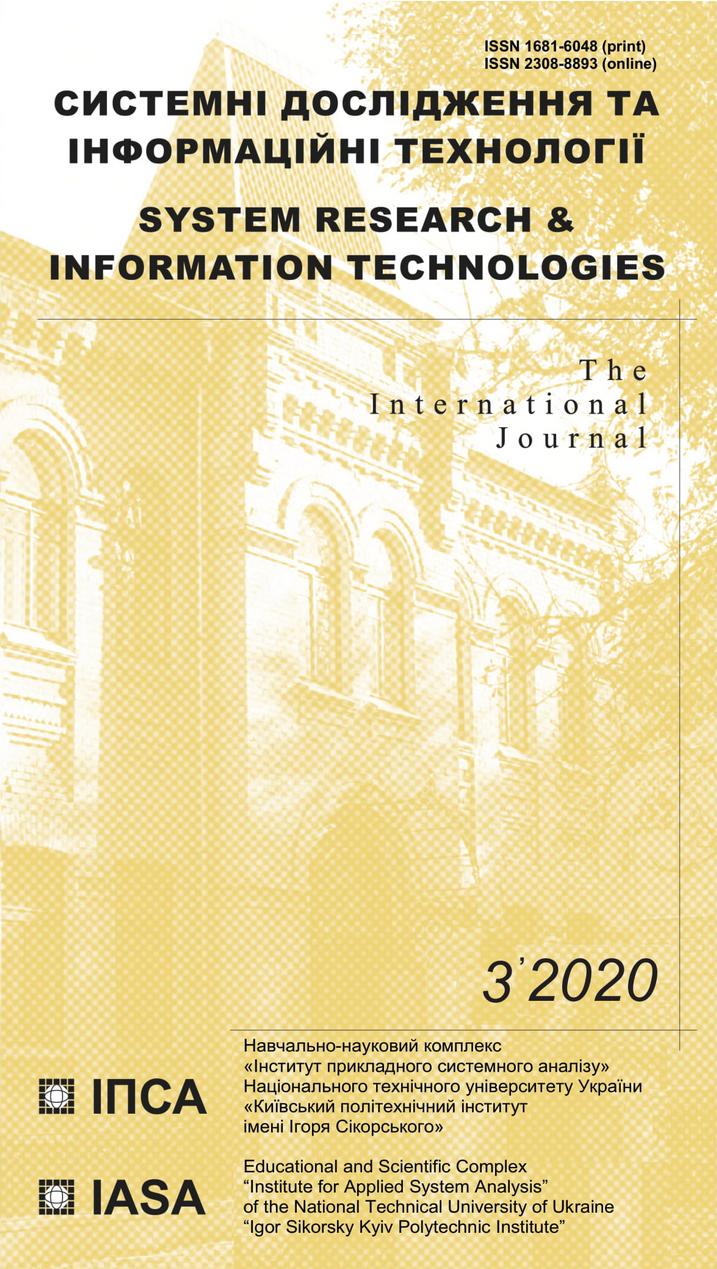Method of semantic application verification in GPGPU technology
DOI:
https://doi.org/10.20535/SRIT.2308-8893.2020.3.01Keywords:
CUDA, graphical processing units (GPU), General Purpose Graphics Computing (GPGPU), transition system, Petri net, model designAbstract
An application development and verification method for massively parallel systems using NVIDIA GPUs is proposed. The method allows creating models at different levels of abstraction using the apparatus of marked transition systems. The compositions (product) of such systems are transformed into a Petri net, which are then analyzed by appropriate means. The proposed method allows specifying model properties by temporal logic formulas. This allows studying the properties of massively parallel systems which is almost impossible to analyze manually, since the number of execution threads in the latest NVIDIA video adapter architectures (Pascal, Volta, Turing, Ampere) is measured in hundreds of thousands or millions.References
Nvidia Data Center – Nvidia, 2018. [Online]. Available: https://www.nvidia.com/ en-us/data-center/. Accessed on: 2019, March 14.
TOP500 Lists TOP500 Supercomputer Sites, 2018. [Online]. Available: https://www.top500.org/lists. Accessed on: 2019, March 14.
A.V. Anisimov, S.D. Pogorilyy, and D.Yu. Vitel, “About the Issue of Algorithms formalized Design for Parallel Computer Architectures”, Applied and Computational Mathematics, vol. 12, no. 2, pp.140–151, 2013.
A. Arnold, Finite Transition Systems: Semantics of Communicating Systems. Paris, France: Prentice Hall, 1994, 177 p.
T. Murata, “Petri nets: properties, analysis and applications”, in Proc. of the IEEE, 77:541.80, 1989.
M. Ben-Ari, Mathematical Logic for Computer Science. UK: Prentice Hall International Ltd, 1993, 305 p.
E.M. Clarke, Jr., O. Grumberg, and D.A. Peled, Model Checking. USA: MIT Press, 1999.
S.D. Pogorilyy, S.L. Kryvyi, and M.S. Slynko, “Model justification of GPU-based applications”, Control Systems and Computers, vol. 4, pp. 46–56, 2018.
S.L. Kryvyi, Linear Diophantine constraints and their applications. Chernivtsi: Bukrek Publishing House, 2015.
S.L. Kryvyi, S.D. Pogorilyy, and M.S. Slynko, “Transition systems as method of designing applications in GPGPU technology”, in Proc. 11-th international scientific and practical conference on programming UkrPROG’2018.
S.L. Kryvyi et al., “Design of Grid Structures on the Basis of Transition Systems with the Substantiation of the Correctness of Their Operation”, Cybernetics and Systems Analysis, vol. 53, no. 1, pp.105–114, New York, USA: Springer Science + Business Media, January 2017.

